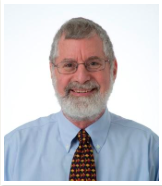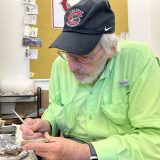Science Forum: Observing El Niño
February 19, 2015
February 25, 2015. 12PM-1PM, Chapman University, Argyros Forum Student Ballroom. AF 119A.

For centuries, the El Niño observing network was confined to the coastal region off Chile, Peru and Ecuador. A half century ago, when the theoretical foundation for the El Niño radically changed, the geographical domain for observing El Niño expanded to include the entire equatorial Pacific.
David Halpern, Ph.D., of the NASA/California Institute of Technology will discuss his research in her lecture entitled ,
“Observing El Niño/La Niña: Past, Present, and Future.”
Observing El Niño requires knowledge of the mean and La Niña conditions, creating technical and resource challenges for data acquisition relevant for the multi-month El Niño phenomenon occurring at multi-year intervals in an ocean rich with large amplitude sub-monthly variability. The El Niño ocean environment represents a severe challenge to sustain in-situ surface wind and near-surface current measurements. Ocean modeling and satellite technology enabled new observing opportunities to improve understanding of the El Niño.
Sustaining an improved El Niño observing network with appropriate infusion of new scientific ideas and innovative technology for worldwide societal benefit requires the dedication of new explorers.


